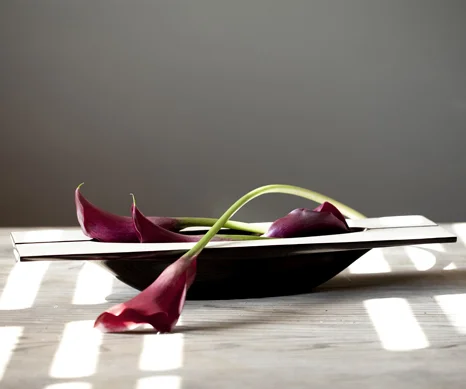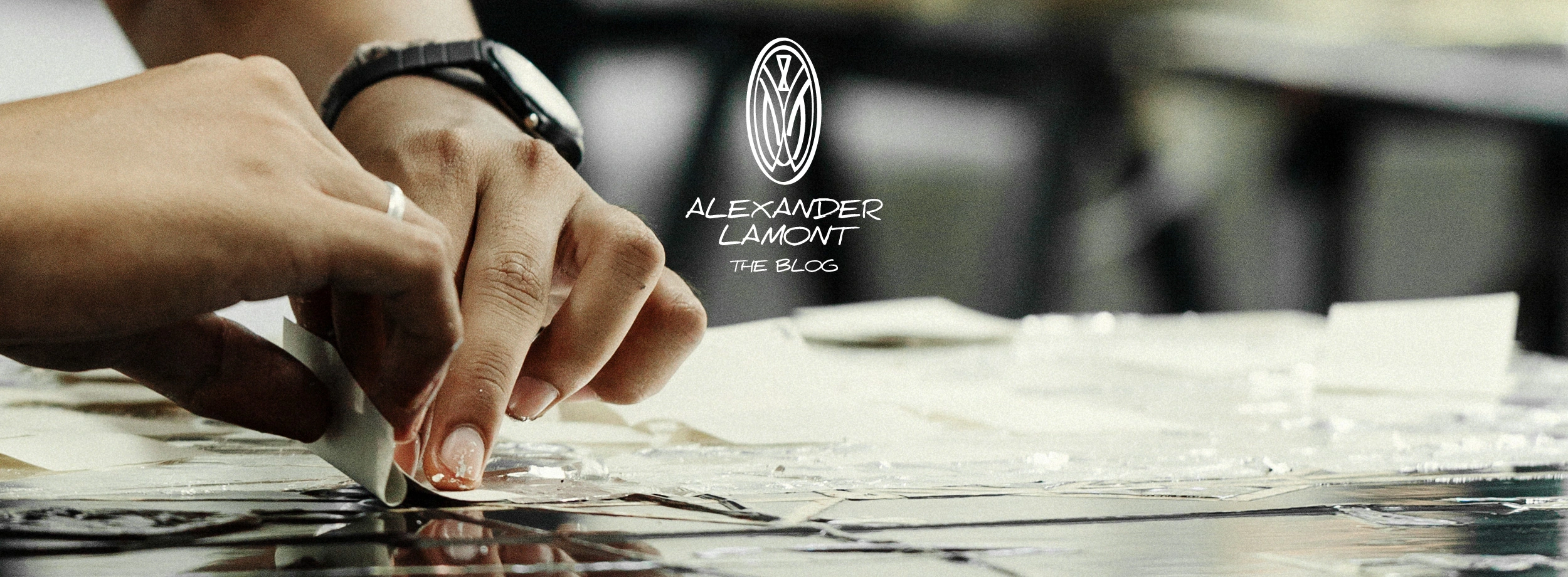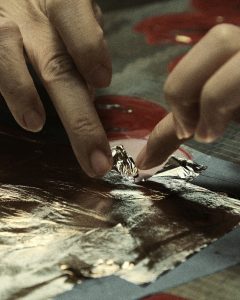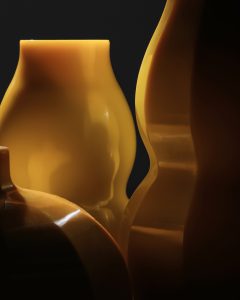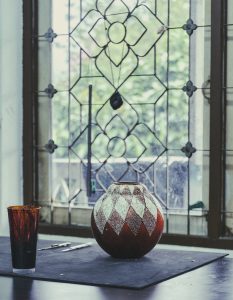How to create sensual, langorous expression in the form of a bowl used for entertaining or admiring?
It was Charles Eames who said, “The details are not the details. They make the design.”
This opinion from a great designer lies very much at the heart of how we create things, giving attention to every aspect of the piece. The Canoe Vessel tray is a fine example. The common misconception is that if something is small, it must be easier to create. Not at all. With big textured, sculptural works there is a wide margin for variation. On an item like this tray; smooth, curved, balanced, there is no room for error. Every aspect of construction and finish has to be perfect.
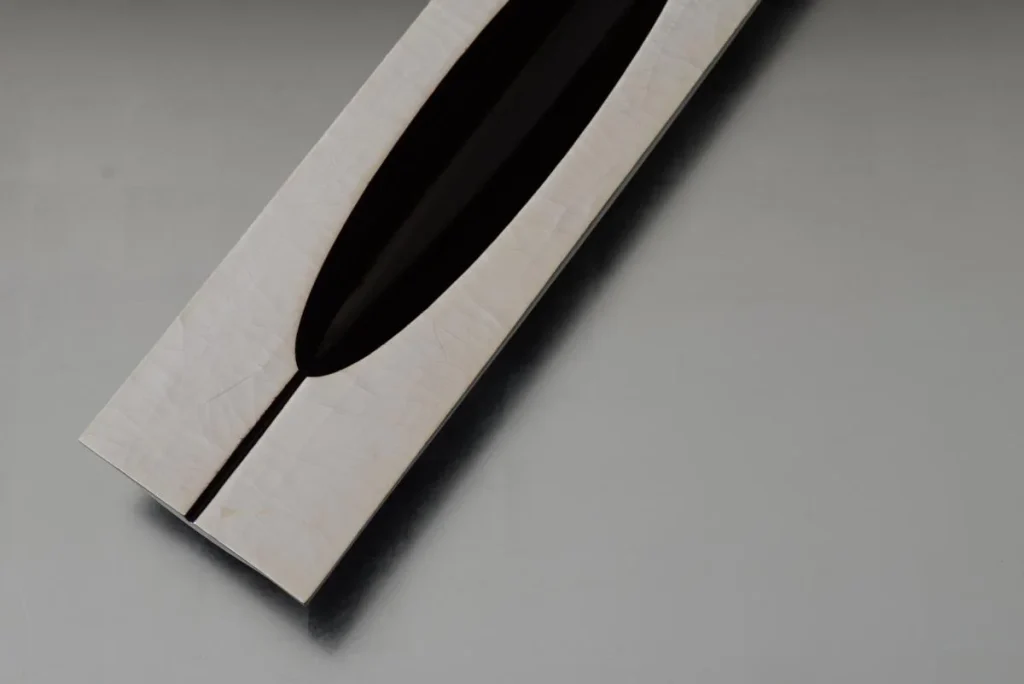
The seed of this design started with the pursuit of the most enchanting entertainment vessels; things that would start an evening with friends exuding style and presence. Actually there is a group of vessels and trays that are part of this collection but lets stick with the Canoe Vessel Tray for now. The idea of the luxurious nature of chocolate was an aspect as was a structure that would allow a tray surface to ‘float’. Creating the structure as a small, smooth and perfect solid was much more difficult than the final piece might suggest. Lacquer reveals everything beneath so we used a combination of woods and particles to provide the substrate and this was cut using a CNC machine to calibrate the perfect lines of the body. CNC cuts in lines so the form was hand-sanded afterwards to ensure total smoothness.
Dark chocolate is lustrous and velvety, shiny and polished and melting. This is similar to natural lacquer that oozes from the plant as a deep “treacle” of amber brown tone with natural translucence. By building up layers upon layers and then polishing, a depth that is rich and tactile emerges. Applying the lacquer alongside the burnished ivory of gesso created a gorgeous counterpoint of textures and materials. The dark chocolate lacquer elevates the purity of the white gesso surface. The first prototype had a solid top surface but we found that by adding a groove line we added a hemispherical element that elevated the appearance. You may also note that every edge has a dropping flowing edge. How much easier it would have been to have a straight side but this edge adds to the sense of fluidity and also to the tactile quality when the piece is in your hands.

Details are the piece. This tray sits like a bird in the hand; light, gentle, reposed but with an energy and alertness that comes from the patient hours applied to the piece by hand. It is also an example of our passion for making pieces that harness great decorative hand skills in combination with functional items that are to be held and used and loved.
To quote Eames again,
“Eventually everything connects — people, ideas, objects… the quality of the connections is the key to quality per se.”
